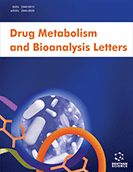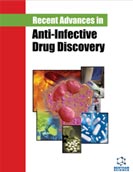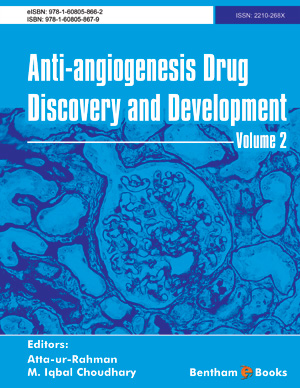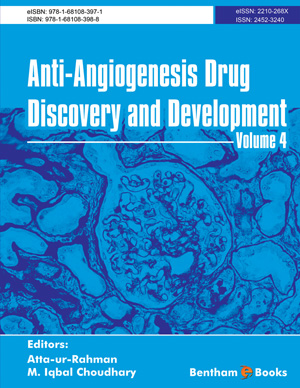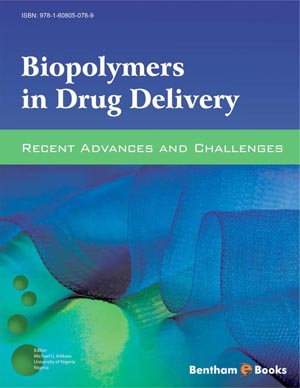Abstract
Alzheimer disease (AD), a chronic and progressive neurodegenerative disease is the leading cause of dementia among older people. Several hypotheses exist on the pathogenesis of AD. According to the cholinergic hypothesis, there is an irreversible deficiency in cholinergic functions of brain resulting in substantial reduction of the neurotransmitter, acetylcholine. In contrast, amyloid hypothesis suggests that amyloid beta (Aβ) deposits are fundamental cause of the neurodegeneration. There is also an involvement of another protein, tau protein, which twists into abnormal tangles and lead to the death of brain cells. This chapter aims to provide a comprehensive review on the various enzymes involved in the pathogenic cascade of AD and their potential inhibitors. The chapter starts with a general overview on the enzymes, outlining their morphological and functional features and how they are involved in the pathogenesis of AD. The following section addresses the enzymes inhibitors at various stages of drug development, highlighting their mechanisms of action, advantages, limitations and potential clinical applications.
Keywords: Alzheimer’s disease, acetycholinesterase, amyloid precursor protein, α-secretase, αβ-peptide, begacestat (GSI-953), bisnorcymserine, BMS-708163, β- secretase, butyrylcholinesterase, CTS-21166, donepezil, ELND006, galantamine, huperzine A, LY2811376, PF-3084014, (-)-Phenserine, rivastigmine, semagacestat (LY-450139), senile plaques, γ-secretase.







